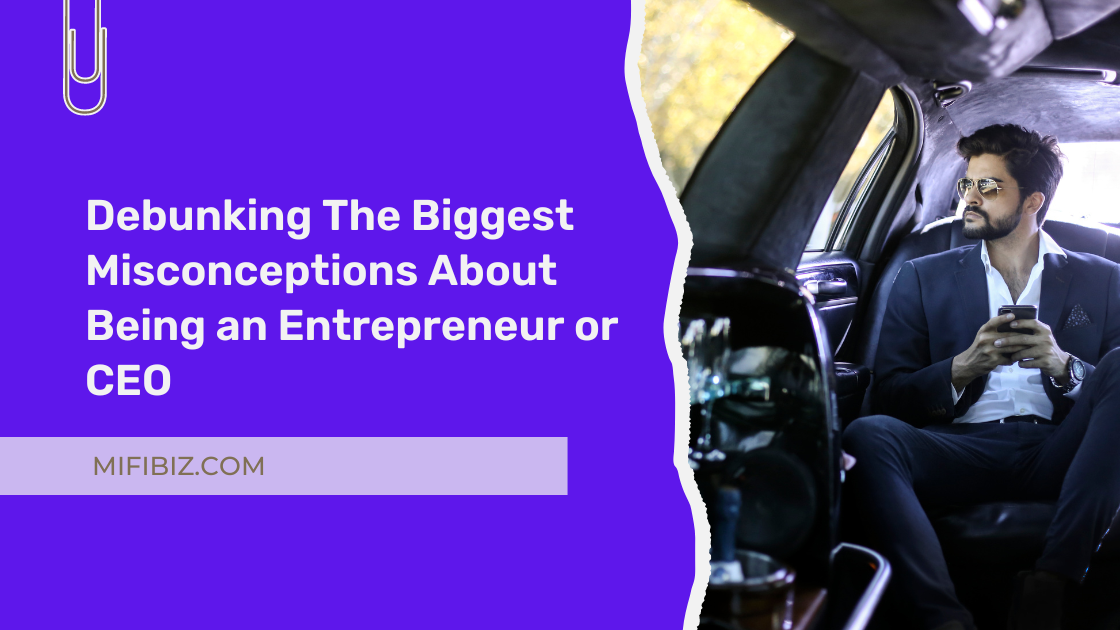You might be wondering what storytelling has to do with building your brand and growing your business. Well, that is because you are yet to discover what the magical power buried beneath the storytelling strategy can do to your brand. You see, storytelling makes your clients feel nostalgia, making them miss you or remember you anytime an incident that resonates with the kind of story you tell happens.
Have you ever wondered why you never forget that story you told you many years ago? It is because you enjoyed the story and can relate to its characters. Each time you remember the story, you are bound to remember the person who shared the story. According to one of the world’s largest thriving Brands, storytelling sparks emotional connection and response between your clients, which compels them to purchase from you because they can reason with you; they want to support the purpose of your brand.
Storytelling in branding is a way of using a captivating narrative to mold and communicate the essence and value of your brand.
The Sequence Of Storytelling In Branding
When crafting your brand story, there are sequences that you need to follow to get the desired result from your audience; you should know that the purpose of the storytelling is to make them believe in you and your brand; with that in mind, crafting the story becomes as easy as ABC
1. Start With The Basis
First of all, you need to define your brand’s purpose and convictions, what you believe in, what your brand represents, and the reason for its existence. You can hit your audience’s core and spark an emotional connection using brand storytelling.
Read more: Boost Your Brand Story Resonance with These 4 Essential Steps
2. Ask Interesting / Meaningful Questions
For someone who does not have a natural storyteller, start by asking your audience meaningful but enjoyable questions to keep the idea flowing; the questions should be related to your brand’s niche. For example, if you own a jewelry brand, you can ask questions like: What does jewelry mean to you? How do you feel when you wear jewelry? What’s your favorite gemstone and why?
3. Listen To Your Audience
After asking the necessary questions, you should take time to listen to your audience; even though your brand story is personal, you should create a space for your audience and let them fit into the story; fitting your audience into the story allows them to see themselves in it making the magical connection that you need.
4. Write a Story and Not a Collection of Facts
Your content should take the ritual of a proper story and not just some random collection of facts. Although facts can be chipped into the story as it progresses, it shouldn’t be based solely on the facts. This makes the story enjoyable and resonates more with your audience.
5. Add The Moral of The Story / Call to Action
Many great stories have a moral lesson at the end; however, for brand storytelling, The moral of the story should also carry a call to action, a subtle warning to your audience about something you want them to do or feeling you want them to have. Although the story’s purpose is not to make them immediately patronize you, it should give them a longing feeling, making them want more.
6. Follow Up For Feedback
Finally, after the whole process, you should constantly ask for feedback, pay attention to the comments and reviews, or ask questions directly from your audience. This can help improve the overall well-being and the growth of your brand.
Discover more from
Subscribe to get the latest posts sent to your email.






